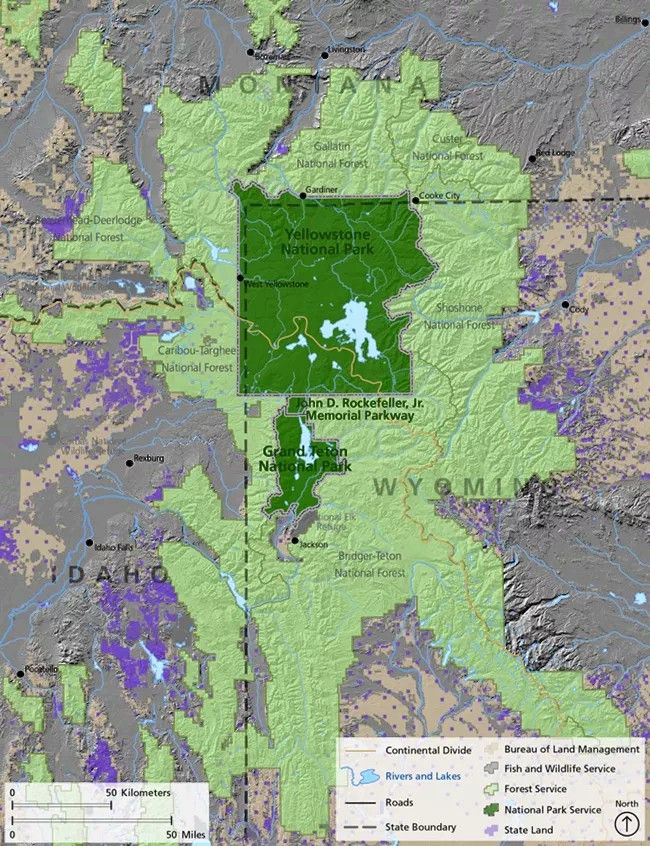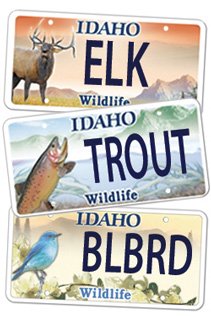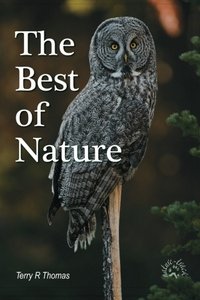Greater Yellowstone Ecosystem

As large as Yellowstone National Park is (dark green), it is incomplete as an ecosystem (light green) in and of itself.
Yellowstone National Park is huge: 2,221,766 acres or 3,437.5 square miles, over twice the size of the state of Rhode Island. With that much territory, it might seem surprising to find that Yellowstone National Park is incomplete when it comes to habitats. There are a variety of habitats, but there is also a habitat Achilles’ heel: elevation.
While the elevation in Yellowstone ranges from 5,282 feet above sea level (Denver, the Mile High City, is at 5,280 feet asl) to the summit of Eagle Peak at 11,358 feet, the AVERAGE elevation in the Park is 8,000 feet above sea level. That means long cold winters with lots of snow in most of the Park. While thermal features maintain a favorable winter climate for some large animals in a few areas, most of the elk, deer, pronghorn antelope, and moose leave the Park each fall on lengthy treks to far away winter ranges.
For instance, many elk migrate across the Henrys Lake mountains to winter in the relatively mild climate near Ennis, Montana. Other elk and deer migrate out the southwest corner of the Park to winter on the Sand Creek desert. Still others, and many bison as well, simply drop down into the Madison River canyon near Gardiner, Montana. Large predators such as grizzly bears wander widely as evidenced by the tragic death of bear 399 last year just east of Alpine, Wyoming, 55 miles from her den area near Pilgrim Creek in Grand Teton National Park. The point is, the Park, as large as it is, still cannot supply all the needs of most of its largest residents.
Enter the Greater Yellowstone Ecosystem (GYE). As discussed last week, an ecosystem supplies all the needs of its residents. While Yellowstone National Park is the core of the GYE, the entire GYE covers about 22 million acres (34,375 square miles) of the northern Rocky Mountains. This ecosystem includes lands managed by the US Forest Service, BLM, National Park Service, US Fish and Wildlife Service, various Native American tribes, states, and private landowners and includes parts of Idaho, Wyoming, and Montana. According to the National Park Service, “The Greater Yellowstone Ecosystem spans different climate regimes and vegetation zones, crosses multiple jurisdictional boundaries, and is the last remaining large, intact native ecosystem in the contiguous United States.” In fact, it is considered one of the largest (nearly) intact temperate-zone ecosystems left on Earth.
If you do an internet search on maps for the GYE, you are likely to see a variety of slightly different depictions. The map that accompanies this article is one produced by the National Park Service, but there are others. There is no fence around the boundary of the GYE and different boundaries may be depicted by different agencies and groups.
Protecting the GYE as an ecosystem provides Nature with the one thing that is vital to its continued health—room to “breathe”. Just as a river like the Snake needs room to move and change course over time, as mentioned last week, ecosystems are dynamic—ever changing with disturbances and recovery. With a relatively intact ecosystem, it has higher ecological resilience, and is able to “absorb disturbance and reorganize, while undergoing change so as to retain essentially the same function, structure and Identity.”
In order to maintain the wildlife we all love to watch within Yellowstone National Park, we have to maintain the Greater Yellowstone Ecosystem. We continue to chip away at the GYE though and each year finds it a little smaller as development converts and fragments the ecosystem into houses, roads, oil and gas wells, airports, and whatever else we humans want. Some day we will push the ecosystem too far and will be left wondering why someone, somewhere, hadn’t done something about it while we still could.
Help Idaho Wildlife
When we traveled across the state in October 2017, we visited most of the Idaho Department of Fish and Game wildlife management areas. Most of the vehicles we saw using the wildlife management areas did not have wildlife plates. Buying wildlife plates is a great way for non-hunters and hunters alike to support wildlife-based recreation like birding.
C'mon folks, let's help Idaho's wildlife by proudly buying and displaying a wildlife license plate on each of our vehicles!
See below for information on Idaho plates. Most states have wildlife plates so if you live outside Idaho, check with your state's wildlife department or vehicle licensing division for availability of state wildlife plates where you live.
And tell them that you heard about it from Nature-track.com!

Wildlife License Plates
Great news! as of 2024, there are three NEW designs for license plates. They still are bluebird, cutthroat trout and elk, but they are beautiful.
Idaho Wildlife license plates provide essential funding that benefits the great diversity of native plants and wildlife that are not hunted, fished or trapped—over 10,000 species or 98% of Idaho’s species diversity. Game species that share the same habitats (such as elk, deer, antelope, sage-grouse, salmon, trout) also benefit from these specialty plates.
No state tax dollars are provided for wildlife diversity, conservation education and recreation programs. Neither are any revenues from the sale of hunting or fishing licenses spent on nongame species. Instead, these species depend on direct donations, federal grants, fundraising initiatives—and the Idaho Wildlife license plates.
Both my vehicles have Bluebird Plates. I prefer the bluebird because the nongame program gets 70 percent of the money from bluebird plates, but only 60 percent of the money from elk and trout plates - 10 percent of the money from elk plates supports wildlife disease monitoring and testing programs (to benefit the livestock industry) and 10 percent from cutthroat plates supports non-motorized boat access.
Incidentally, in 2014, the Idaho Legislature denied the Department of Fish and Game the ability to add new plates or even to change the name of the elk and cutthroat plates (very specific) to wildlife and fish plates, a move that would have allowed for changing images occasionally and generating more revenue. It would seem that they believe that we Idahoans don't want a well funded wildlife program.
I think it is time we let the Legislature know that Idahoan support wildlife funding and that we would like to see these generic plates come to fruition.

"WOW. What a phenomenal piece you wrote. You are amazing." Jennifer Jackson
That is embarrassing, but actually a fairly typical response to my nature essays. Since The Best of Nature is created from the very best of 16 years of these nature essays published weekly in the Idaho Falls Post Register (online readership 70,000), it is a fine read. It covers a wide variety of topics including humorous glimpses of nature, philosophy, natural history, and conservation. Readers praise the style, breadth of subject matter and my ability to communicate complex and emotional topics in a relaxed and understandable manner.
Everyone can find something to love in this book. From teenagers to octogenarians, from the coffee shop to the school room, these nature essays are widely read and enjoyed.
Some of the essays here are my personal favorites, others seemed to strike a chord with readers. Most have an important message or lesson that will resonate with you. They are written with a goal to simultaneously entertain and educate about the wonderful workings of nature. Some will make you laugh out loud and others will bring a tear to the eye and warm your heart.
Readers Write:
"You hit a home run with your article on, Big Questions in Nature. It should be required reading for everyone who has lost touch with nature...great job!" Joe Chapman
"We enjoyed your column, Bloom Where Planted. Some of the best writing yet. The Post Register is fortunate to have your weekly columns." Lou Griffin.
To read more and to order a copy, click here or get the Kindle version
Copies are also available at:
Post Register
Island Park Builders Supply (upstairs)
Barnes and Noble in Idaho Falls
Harriman State Park, Island Park
Museum of Idaho
Valley Books, Jackson Wyoming
Avocet Corner Bookstore, Bear River National Wildlife Refuge, Brigham City, Utah
Craters of the Moon National Monument Bookstore, Arco, Idaho